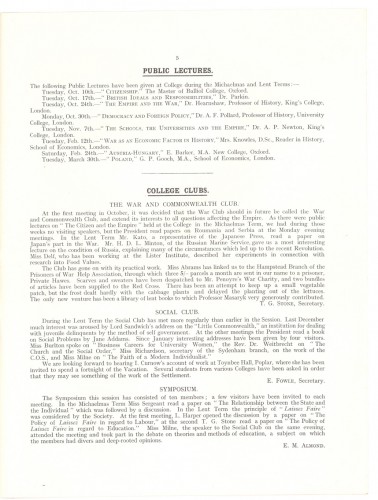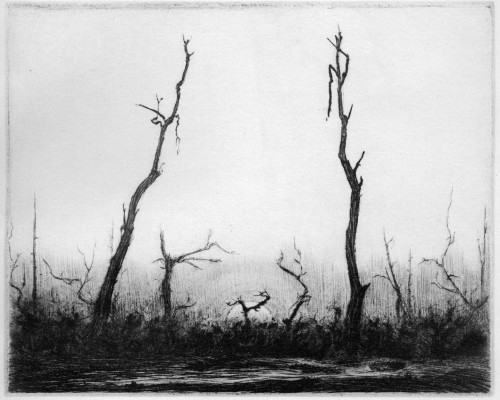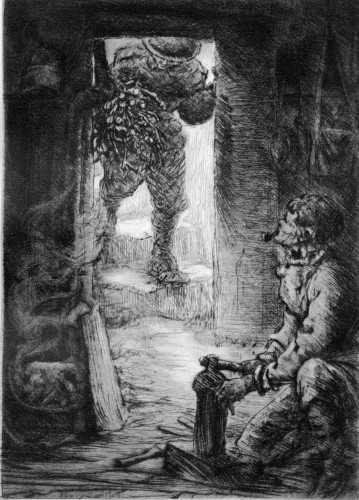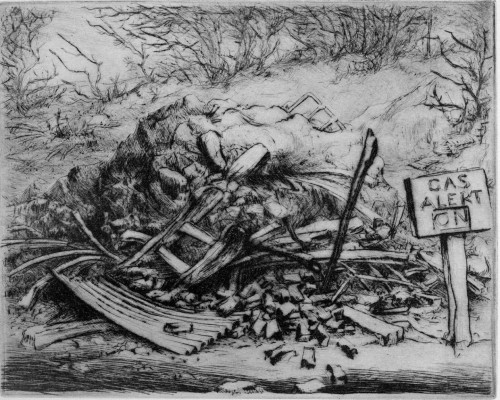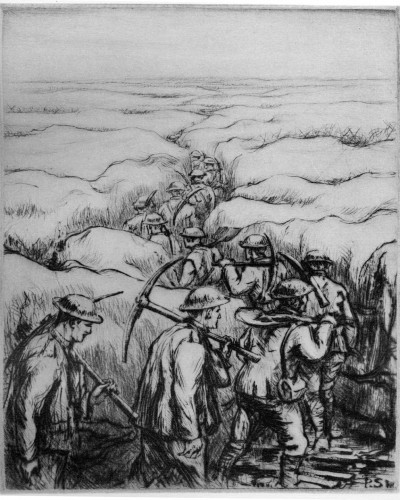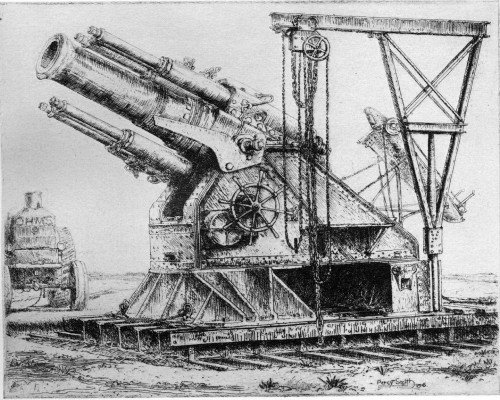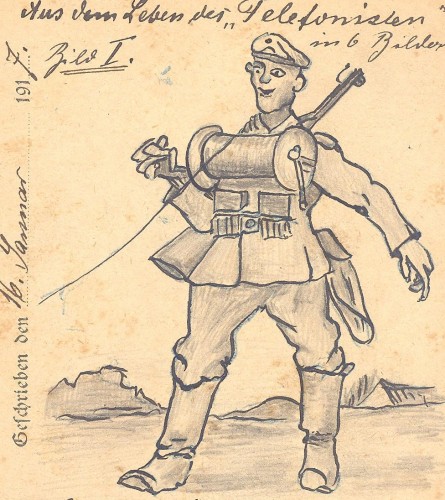Shell Refashioned Into a Vase.
'Trench art' describes objects made from the debris and by-products of modern warfare. It is most often associated with the First World War. Decorated shell cases are perhaps the most common type of trench art. Most trench art was made by servicemen to pass the time when not in the front line. Prisoners of war, faced with a constant battle against boredom, produced similar items. Examples of trench art were also made by local civilians for sale to soldiers. This industry continued after the war, with trench art-type objects being created as souvenirs for the visitors to battlefields and cemeteries.


